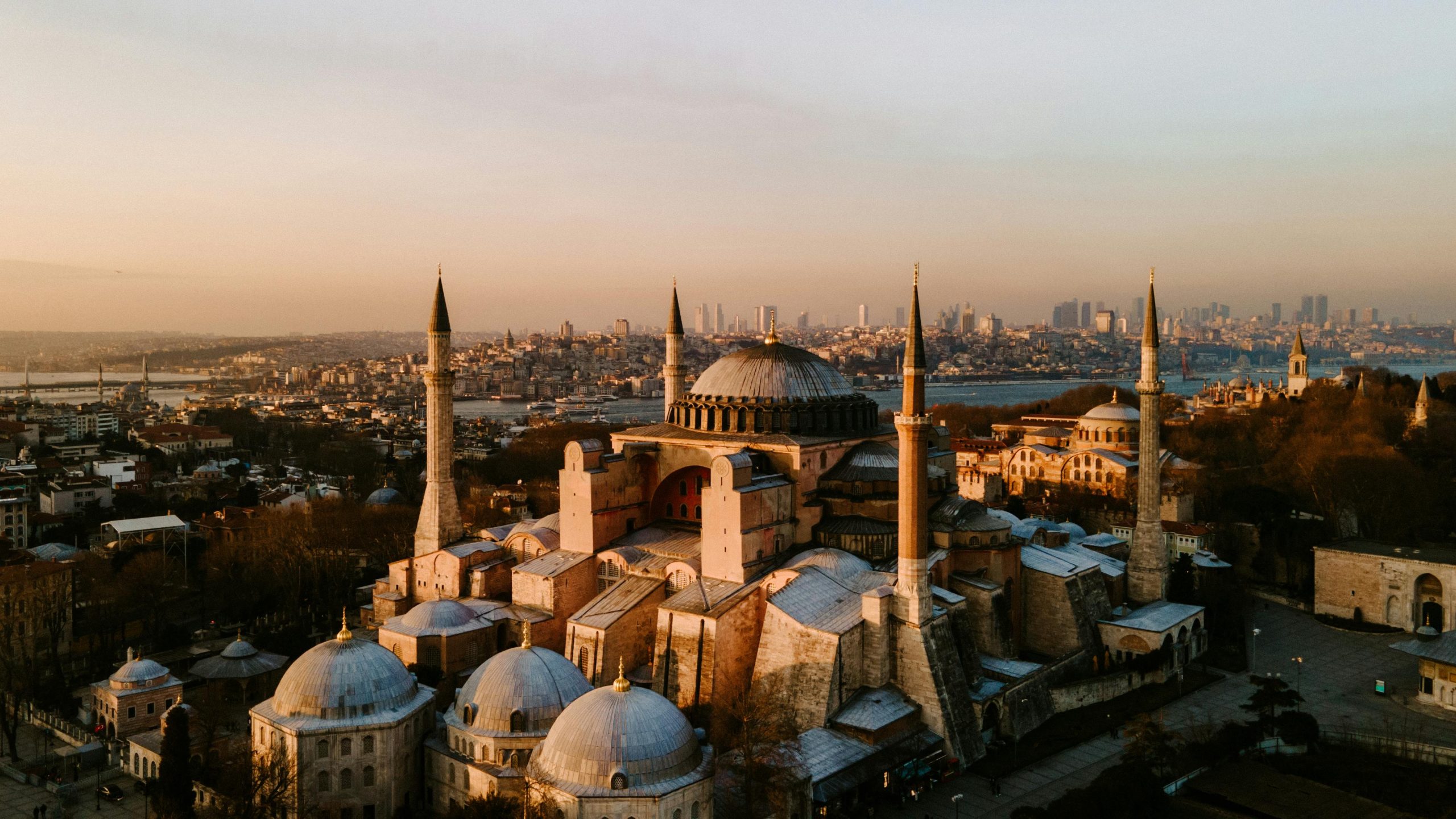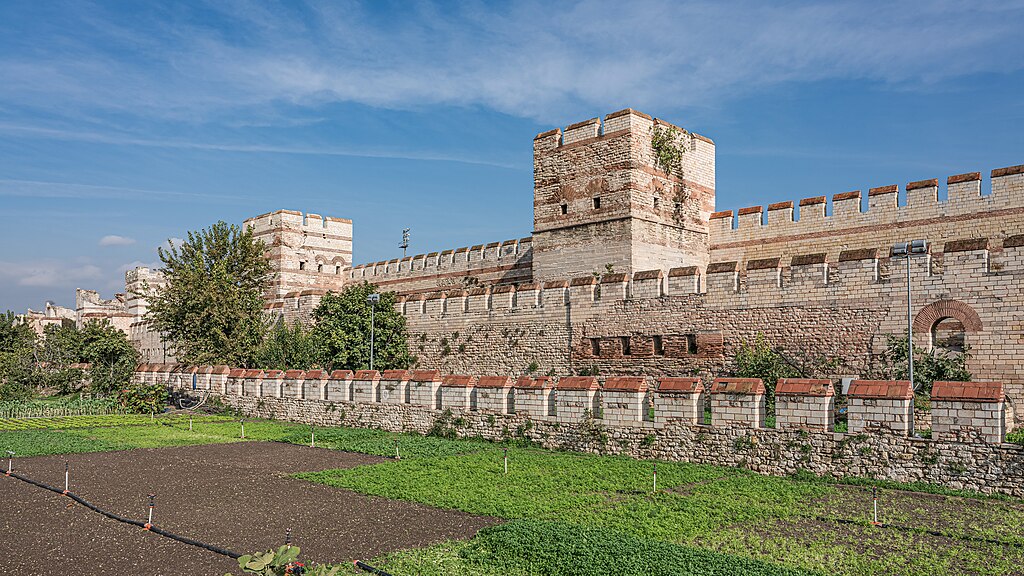British Virgin Islands: The Ultimate Travel Guide 2025

Set in the Caribbean, the British Virgin Islands are a paradise for travelers seeking pristine beaches, crystal-clear waters, and a relaxed island atmosphere. Whether sailing through the turquoise bays of Tortola, lounging on the powdery sands of Virgin Gorda, or exploring the secluded coves of Jost Van Dyke, the islands offer an idyllic escape. With steady trade winds and calm seas, they are a dream destination for yacht lovers and beachgoers alike.
Adventure seekers will find plenty to explore across the British Virgin Islands. The famous Baths of Virgin Gorda, with their towering granite boulders and hidden pools, provide a striking natural playground. Snorkeling and diving enthusiasts can visit Anegada, known for its coral reefs and marine life. The islands are also home to lush hiking trails, with Sage Mountain National Park offering panoramic views and vibrant tropical flora.
Beyond its scenic beauty, the British Virgin Islands boast a lively dining and nightlife scene. Jost Van Dyke’s White Bay is renowned for its beachside bars, including the legendary Soggy Dollar Bar, where visitors sip on locally famous Painkiller cocktails. From fresh seafood to Caribbean flavors, the islands’ culinary offerings are as rich as their landscapes. Whether sailing, diving, or unwinding on the shore, the British Virgin Islands promise an unforgettable Caribbean experience.
Table of Contents
- History of British Virgin Islands
- Early Indigenous Settlements in Road Town
- European Exploration and Road Town’s Role
- British Control and Road Town’s Growth
- Emancipation and Road Town’s Transformation
- Modern Road Town and Political Changes
- Best Time to Visit British Virgin Islands
- Visiting British Virgin Islands in Winter
- Visiting British Virgin Islands in Spring
- Visiting British Virgin Islands in Summer
- Visiting British Virgin Islands in Autumn
- Food and Drink from British Virgin Islands
History of British Virgin Islands
Early Indigenous Settlements in Road Town
Long before European explorers arrived, Road Town and the surrounding areas were inhabited by the Arawak people, who settled in the region around 100 BC. They thrived on fishing, agriculture, and pottery-making, leaving behind archaeological evidence of their advanced society. By the 15th century, the Arawak were displaced by the Caribs, a more aggressive tribe known for their dominance in the Caribbean.
European Exploration and Road Town’s Role
In 1493, Christopher Columbus sighted the islands during his second voyage to the Americas, naming them Las Vírgenes after Saint Ursula and her 11,000 virgins. While the Spanish claimed the islands, they never established permanent settlements in Road Town. Instead, the area became a haven for privateers and pirates, who used its hidden coves as strategic bases for raids on passing ships.
British Control and Road Town’s Growth
By 1672, the British took control of Road Town, integrating it into their colonial trade network. The island’s economy revolved around sugarcane plantations, which relied heavily on enslaved African labor. The remnants of this era, including historic plantation ruins, remain as significant landmarks. Over time, Road Town developed into a key administrative and commercial center.
Emancipation and Road Town’s Transformation
In 1834, the British abolished slavery, leading to major social and economic shifts in Road Town. Formerly enslaved individuals established independent communities, contributing to the island’s cultural and economic development. The decline of the sugar industry led to diversification, with fishing and boat-building becoming prominent trades.
Modern Road Town and Political Changes
Throughout the 20th and 21st centuries, Road Town evolved into the capital and economic hub of the British Virgin Islands. The tourism industry flourished, with visitors drawn to its stunning landscapes and maritime heritage. In 2010, the British Virgin Islands strengthened their political ties with the United Kingdom while maintaining local governance. Today, Road Town stands as a vibrant center, blending historical significance with modern development.
Best Time to Visit British Virgin Islands
Visiting British Virgin Islands in Winter
From December to February, the British Virgin Islands experience warm temperatures and minimal rainfall, making it a prime season for travelers. The waters are calm, ideal for sailing and snorkeling. The Christmas Boat Parade, held in December, brings a festive atmosphere to the islands, with beautifully decorated boats lighting up the harbors.
Visiting British Virgin Islands in Spring
Spring, from March to May, offers pleasant weather with fewer crowds. This season is perfect for exploring The Baths on Virgin Gorda or enjoying the scenic hiking trails of Sage Mountain National Park. The BVI Spring Regatta & Sailing Festival, held in March, attracts sailors and spectators for thrilling coastal races.
Visiting British Virgin Islands in Summer (Best)
June to August is considered the best time to visit the British Virgin Islands, thanks to its vibrant energy and warm beach-friendly weather. The islands host the Emancipation Festival in August, celebrating local heritage with music, parades, and cultural performances. While temperatures can rise, the ocean breezes and lively events make summer an exciting time to explore.
Visiting British Virgin Islands in Autumn
Autumn, from September to November, is a quieter season with fewer tourists, making it ideal for a relaxed island getaway. While this period falls within hurricane season, the islands still enjoy sunny days with occasional tropical showers. The BVI Food Fête, held in November, showcases local cuisine and culinary experiences, offering visitors a taste of authentic Caribbean flavors.
Food and Drink from British Virgin Islands
1. Caribbean Lobster
The British Virgin Islands are famous for their Caribbean lobster, particularly in Anegada, where the reefs are home to these delicious crustaceans. Unlike northern lobsters, these have meat primarily in their tails and are often grilled with local spices for a rich, smoky flavor.
2. Conch Fritters
A popular island appetizer, Conch Fritters are made from tenderized conch meat, battered with herbs and spices, then deep-fried to golden perfection. They are typically served with a tangy dipping sauce, making them a must-try snack.
3. Fish & Fungi
Considered a traditional dish, Fish & Fungi pairs boiled or salt fish with a thick cornmeal and okra mash. This meal has deep historical roots, dating back to the days of slavery, and remains a staple in local cuisine.
4. Chicken Roti
A flavorful dish with East Indian influences, Chicken Roti consists of curried chicken wrapped in a soft flatbread. Variations include fillings like chickpeas, potatoes, or goat, offering a delicious fusion of Caribbean and Indian flavors.
5. Painkiller Cocktail
Invented in the British Virgin Islands, the Painkiller is a tropical cocktail made with Pusser’s Rum, pineapple juice, orange juice, coconut cream, and a sprinkle of nutmeg. It’s a refreshing and iconic island drink, best enjoyed at beachside bars.
6. Dread Fox Cocktail
Served at Foxy’s Bar, the Dread Fox is a signature drink blending Firewater Rum, cranberry juice, and sour mix. This bold cocktail is a favorite among visitors looking for a strong, flavorful island beverage.
7. Johnny Cakes
A simple yet delicious staple, Johnny Cakes are fried or baked cornmeal flatbreads, often served as a side dish or snack. They pair well with seafood and stews, offering a comforting taste of island tradition.
8. Saltfish
A classic Caribbean dish, Saltfish is dried and salted cod, typically sautéed with onions, peppers, and spices. It’s a flavorful and versatile meal, enjoyed with rice, fungi, or Johnny Cakes.
9. Lobster Pizza
A unique island specialty, Lobster Pizza combines freshly caught lobster with Cajun spices and lime-ginger oil on a crispy crust. This fusion dish is a favorite at upscale beachside restaurants.
10. Sir Francis Drake Cocktail
A tropical blend of rum, pineapple, guava, banana, lime, and coconut cordial, the Sir Francis Drake Cocktail is a signature drink that captures the essence of the British Virgin Islands. It’s a fruity and refreshing choice for island visitors.









